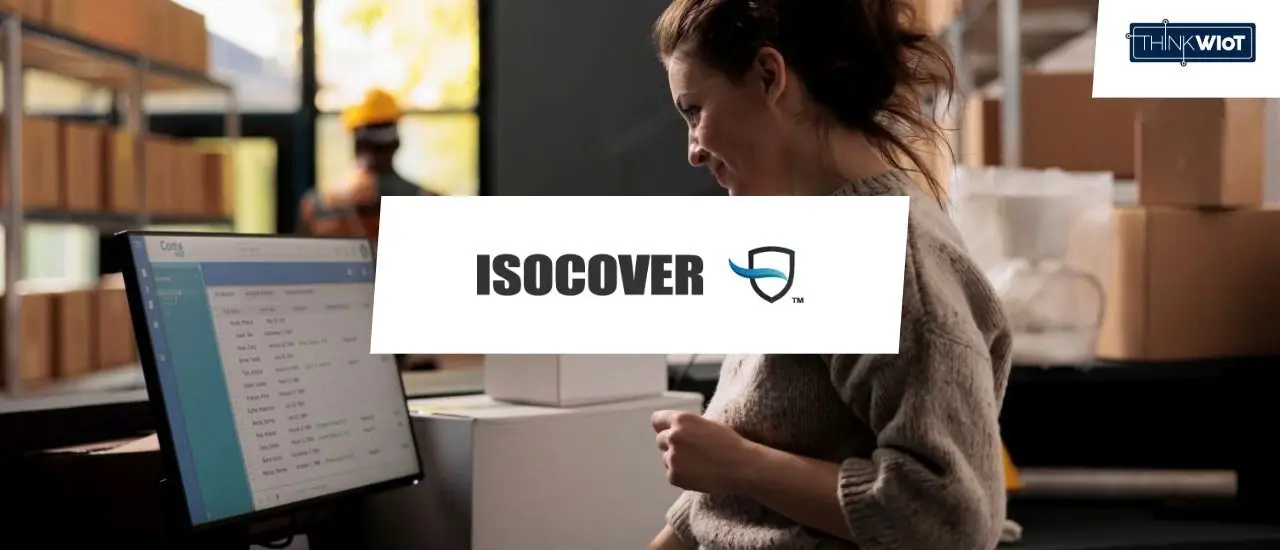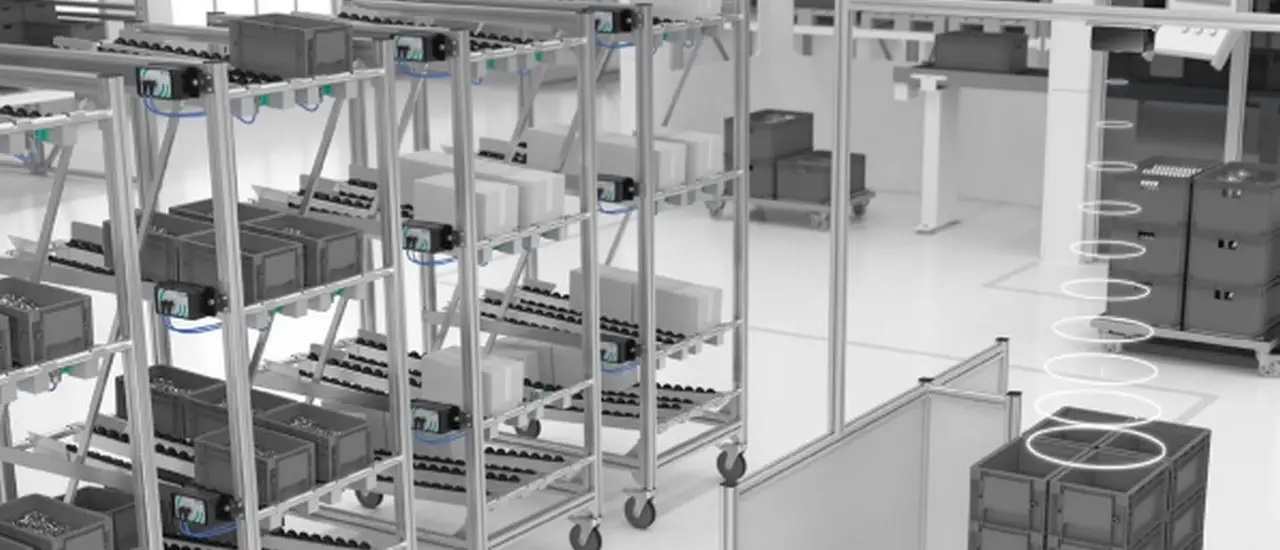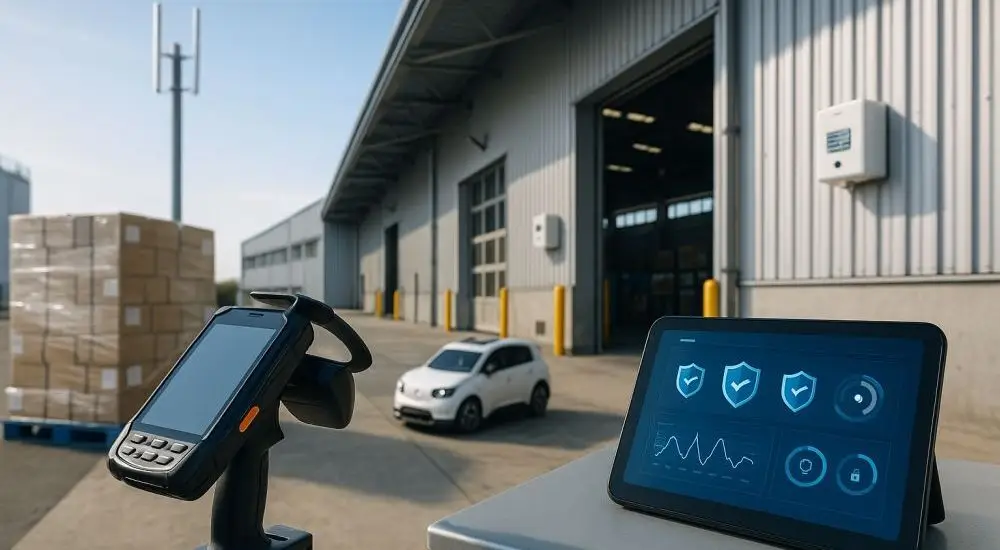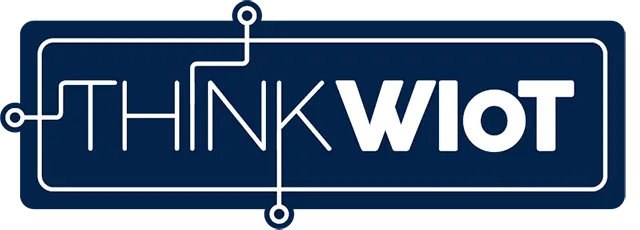Why RFID Shielding Is Essential
RFID systems rely on controlled wave propagation to ensure that only intended tags are read. However, in real-world environments—such as stores, warehouses, or healthcare facilities—radio waves can penetrate walls, bounce off surfaces, or bleed into adjacent areas. This often results in misreads or duplicate scans.
Many system integrators attempt to solve this with virtual shielding: reader configuration techniques that create digital reading zones. While useful, these methods often fall short of full accuracy, especially in dense environments or open layouts.
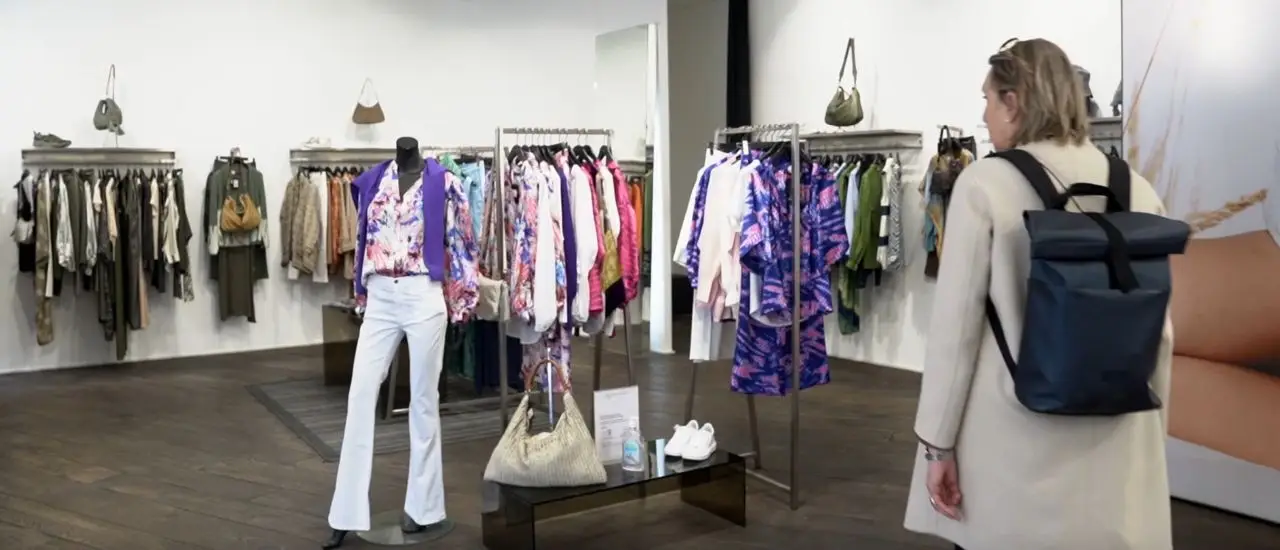
Smart retail in action: A customer shops in an RFID-equipped showroom, where technology ensures efficiency and precision. (Image: Isocover)
Isocover: Physical Shielding That Delivers Full Accuracy
Isocover, based in France, has spent over a decade developing physical shielding and absorbing materials that improve RFID performance. These include wave-reflecting laminates, absorbing fabrics, adhesives, paints, and a signature product: the ISO 13 Cover Box.
Their goal: filter RFID signals precisely, without interfering with Wi-Fi, Bluetooth Low Energy, or mobile connections. Unlike generic Faraday cages, Isocover materials are tuned to specific RFID frequencies, offering targeted control.
Reflection vs. Absorption: Two Methods, One Goal
Isocover’s materials are engineered to either reflect RFID waves—creating invisible boundaries—or absorb them to suppress unwanted reflections. Depending on the use case, one method may be more suitable than the other:
- Reflection: Redirects RFID signals to stay within a specific zone
- Absorption: Eliminates excess signals, especially in dense environments
This nuanced approach ensures precise reads without disrupting other wireless infrastructure, unlike traditional shielding methods that block all radio frequencies indiscriminately.
Reflective Shielding Materials
Reflective materials act like mirrors for radio waves, creating well-defined boundaries that prevent RFID signals from traveling beyond a desired area. These materials are typically composed of metal-infused laminates, foils, or coated surfaces, and are used to line walls, enclosures, or even shelving units. In environments with multiple readers or overlapping zones, reflective shielding ensures that tags are only read by the intended antenna, significantly reducing cross-reads.
Absorbing Materials
Unlike reflection, absorbing materials are designed to dissipate radio energy. These materials contain special polymers or composites that convert electromagnetic waves into a small amount of heat or neutral energy, effectively eliminating unwanted reflections and echoes. This is particularly important in environments with dense tag populations or metallic surfaces that can cause signal bounce.
Applications include:
- Paints and coatings that absorb stray signals from ceilings or structural supports
- Textiles and foams used inside furniture or equipment to contain RFID fields
- Adhesive tapes and mats for localized signal dampening around reading points
Tailored to RFID Frequencies
Unlike generic electromagnetic shielding (e.g., Faraday cages), which blocks a broad spectrum of frequencies, Isocover’s materials are finely tuned to RFID bands (e.g., 860–960 MHz for UHF). This allows seamless operation of other wireless technologies in the same environment—essential for retail stores, logistics centers, and hospitals where Wi-Fi, BLE, and 4G/5G networks are mission-critical.
The ISO 13 Cover Box: Portable Shielding in Action
A standout product in Isocover’s lineup is the ISO 13 Cover Box—a lightweight, portable unit designed to isolate RFID reads during goods transfer. Used in dispatch, reception, or inventory management, the box:
- Weighs under 500 grams
- Features an integrated handle and optional signal-absorbing mat
- Prevents surrounding tags from interfering with reads
The Cover Box eliminates the need for system configuration or wiring, providing a plug-and-play solution for item-level accuracy.
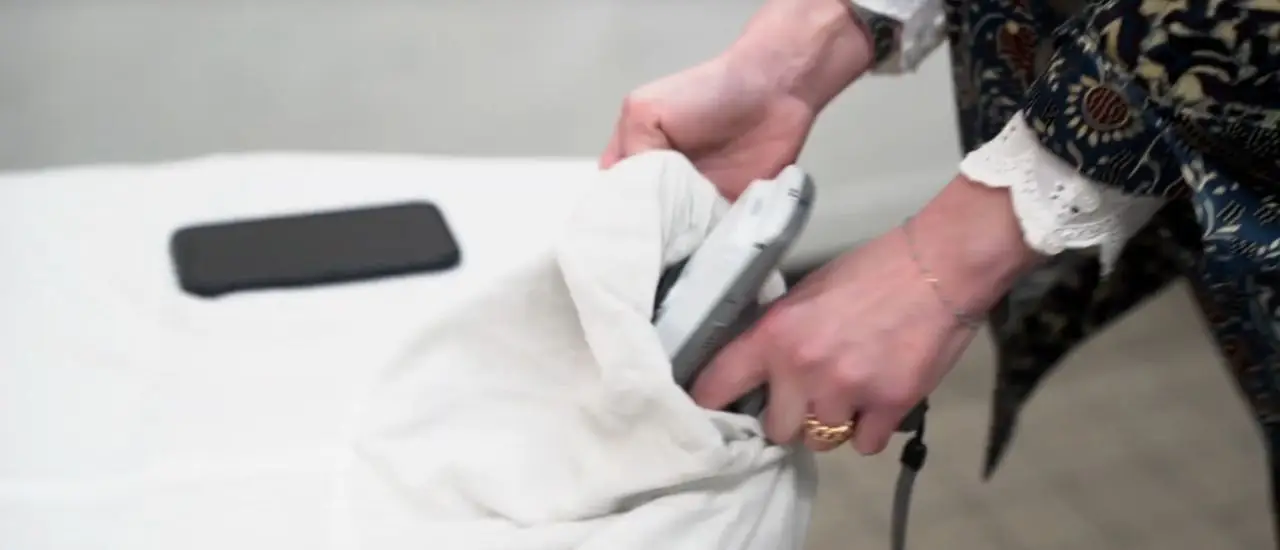
The ISO 13 Cover Box in action: RFID-tagged clothing is scanned inside the shielding box. A handheld RFID reader is positioned at the box’s opening, and results are displayed on a connected smartphone—ensuring accurate, isolated reads without nearby interference. (Image: Isocover)
Real-World Applications in Retail and Beyond
Isocover’s solutions are widely deployed in fashion and luxury retail, helping companies like Uniqlo, Etam, Lacoste, and Levi’s separate stockroom reads from sales floor operations. Over 1,500 stores now use the Cover Box for reliable scanning during stock transfers.
Beyond retail, sectors such as pharmaceuticals, smart cold chains, and industrial logistics are increasingly adopting shielding. Discussions with players like Black & Decker highlight growing interest in applying signal management in construction and manufacturing—where RFID misreads can impact safety or productivity.
Integration with RFID Ecosystems
System integrators often implement virtual shielding first—but when results fall short, they turn to Isocover. By adding physical shielding as a final layer, integrators report up to 20% improved accuracy, making the difference between a working system and a reliable one.
Partners like Temera, Checkpoint, and Reload collaborate with Isocover to deliver integrated solutions that meet client expectations—even in signal-heavy environments.
Customization and Fast Delivery
All products are manufactured in France. Standard items are ready for shipment within 1–2 business days. For custom shielding—based on specific layouts or functional needs—production times range from 3–5 weeks.
Customization can involve:
- Material composition
- Size and shape
- Degree of reflection or absorption
This flexibility allows Isocover to meet the needs of both high-volume deployments and specialized industrial installations.
Physical Shielding as a Core RFID Component
As RFID adoption expands across industries, signal control becomes more critical. Isocover’s tailored shielding solutions fill the accuracy gap that virtual methods alone can’t close.
With materials that absorb or reflect RFID frequencies—while leaving other wireless systems untouched—Isocover proves that physical shielding is not optional, but essential for robust, scalable RFID deployments.
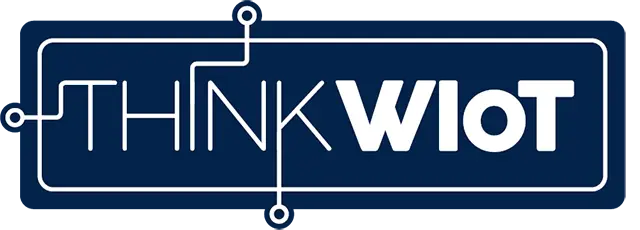
Anja Van Bocxlaer
Managing Director

